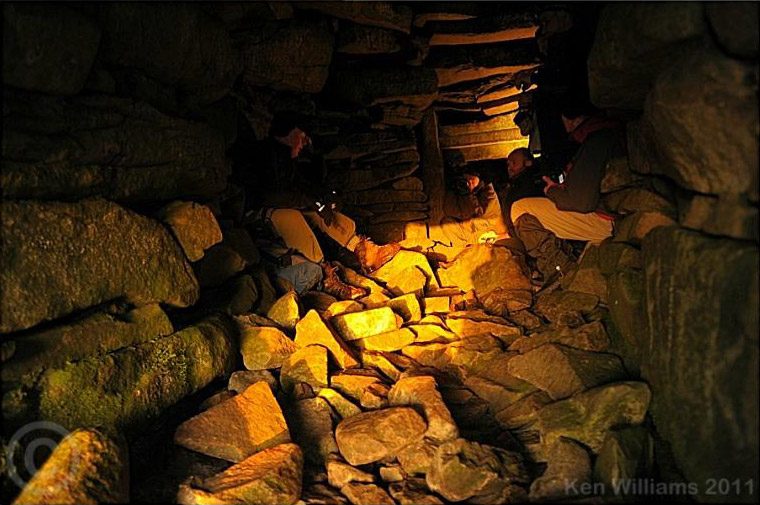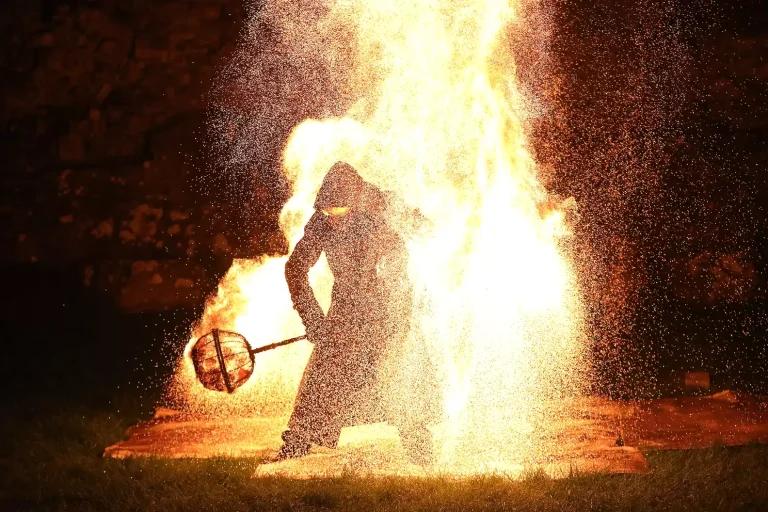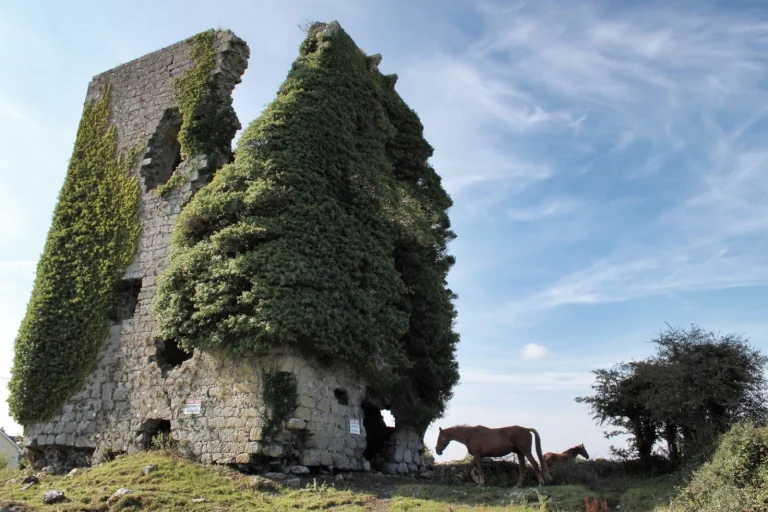

It begins with a chill. Not the kind that pricks your skin or makes you pull your coat tighter, but the kind that creeps into your bones, awakening something ancient within. On Slieve Gullion, winter is not merely a season; it’s a reckoning. And the solstice—the darkest night of the year—is its whispered climax, where shadows hold dominion until light fights its way back.
Slieve Gullion, with its towering, brooding silhouette, is no stranger to myth. It stands sentinel in south Armagh, a keeper of Ireland’s oldest stories, where gods and mortals danced together in an uneasy truce. But on the winter solstice, the mountain transcends myth; it becomes a living testament to time’s relentless march and the smallness of our existence beneath the vast, indifferent cosmos.
A Portal to the Past
Climbing Slieve Gullion is an act of surrender. The path is uneven, the winds fierce, and the air dense with an electric anticipation. You’re not merely walking up a mountain; you’re stepping back in time, into a realm where gods once roamed and humans dared to carve their names into eternity.
At the summit lies the Cairn, a megalithic passage tomb older than the pyramids of Giza. This structure, hewn from cold stone by hands long turned to dust, is a portal to a world where the solstice meant more than the turning of a calendar page. To the ancients, the winter solstice was a sacred reckoning, a moment to face the darkness and pray for the sun’s return.
And here’s the astonishing thing: the tomb aligns perfectly with the solstice sunrise. For a few fleeting moments, the golden light pierces the narrow passage, illuminating the innermost chamber. The phenomenon is no accident—it’s a message in stone, a hymn to hope carved by a people who understood that light must always conquer darkness.
The Stories That Linger
Slieve Gullion isn’t just a place of stones and winds; it’s alive with stories. Stand on its slopes, and you’ll feel them, swirling in the air like whispers from forgotten tongues.
They say it was here that Fionn Mac Cumhaill, the great Irish warrior, was tricked by a witch disguised as a beautiful woman. She lured him to the lake at the summit, promising secrets of the universe. But when Fionn dove in, the waters aged him instantly. Only by the intervention of his warriors was he restored to his youth, but the mountain kept its hold on his legend.
And then there’s Cailleach Bhéara, the hag of winter, said to roam these heights, her breath freezing the ground beneath her feet. The solstice was her moment of triumph, when darkness ruled supreme. But even the Cailleach knew her power was fleeting. The light always came back, as sure as the seasons turned, and she would retreat to her lair until next winter.
These stories aren’t just entertainment; they’re warnings and wisdom passed down through the generations. They remind us of our fragility, our insignificance against the backdrop of nature’s vast and relentless cycles.
The Solstice Experience
To witness the solstice at Slieve Gullion is to stand in the presence of eternity. You climb in darkness, guided only by the faint glimmers of stars and the murmurs of fellow pilgrims. The air bites at your skin, and each step feels like a question: Why am I doing this?
But then, the first rays of sunlight break over the horizon. The golden light streams into the passage tomb, filling it with a warmth that feels almost holy. The crowd falls silent, each person lost in their own private communion with the sun. It’s a moment that defies words—a collision of nature, history, and spirit that can only be felt.
And yet, the solstice isn’t just about the sun. It’s about the people who gather to witness it. Strangers huddle together for warmth, sharing stories and flasks of tea. There’s laughter and reverence, a sense that for this brief moment, we are all connected—by the mountain, by the light, by the unspoken understanding that life is both fleeting and eternal.
A Lesson in Resilience
Slieve Gullion, with its cairn and its stories, offers a lesson that feels particularly urgent in our fractured, fast-paced world. The solstice reminds us that darkness is not something to fear; it’s a necessary part of the cycle. Without it, the light would lose its meaning.
The ancients knew this. They knew the sun would return, but they also knew that its return required patience, perseverance, and faith. In a world obsessed with instant gratification, there’s something profoundly humbling about standing on that mountain, waiting for the light.
It’s a lesson we all need: that resilience isn’t just about enduring; it’s about believing. Believing that the sun will rise, that the darkness will end, that the cycles of life will continue, no matter how bleak things seem.
The Eternal Return
When you descend Slieve Gullion after the solstice, the world feels different. It’s the same landscape, the same cold wind, but something inside you has shifted. You’ve touched something ancient, something eternal. You’ve stood in the presence of light’s triumph over darkness and been reminded that, even in the coldest, darkest moments of life, there is always the promise of dawn.
And so, the mountain remains, its secrets whispered in the winds and carved into the stones. Slieve Gullion doesn’t just hold history; it is history, a living monument to the resilience of the human spirit and the enduring power of light in a world that so often feels consumed by shadows.
It’s more than a mountain. It’s a mirror, reflecting back our fears, our hopes, and our unyielding belief that no matter how dark the night, the sun will always rise.





